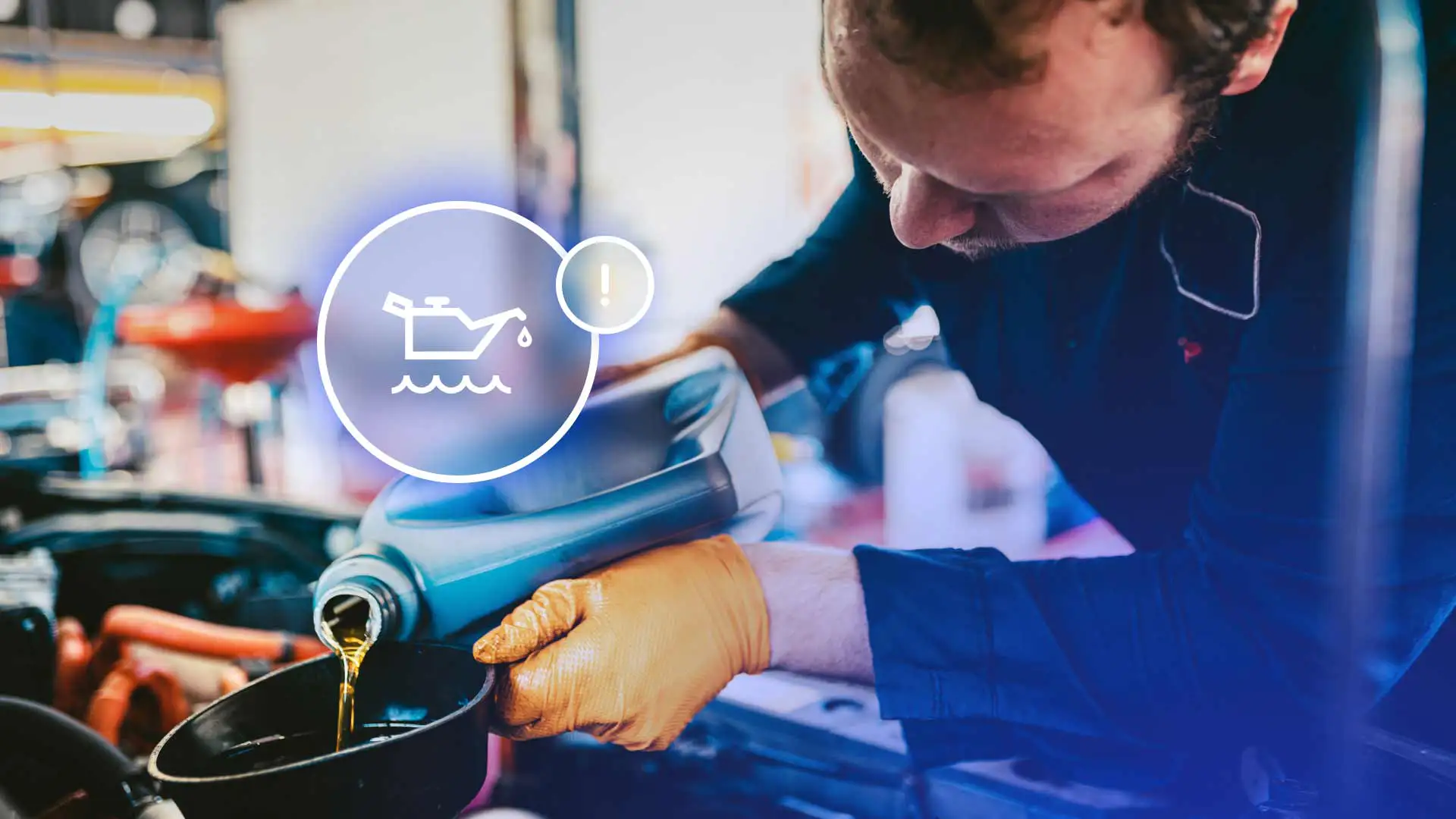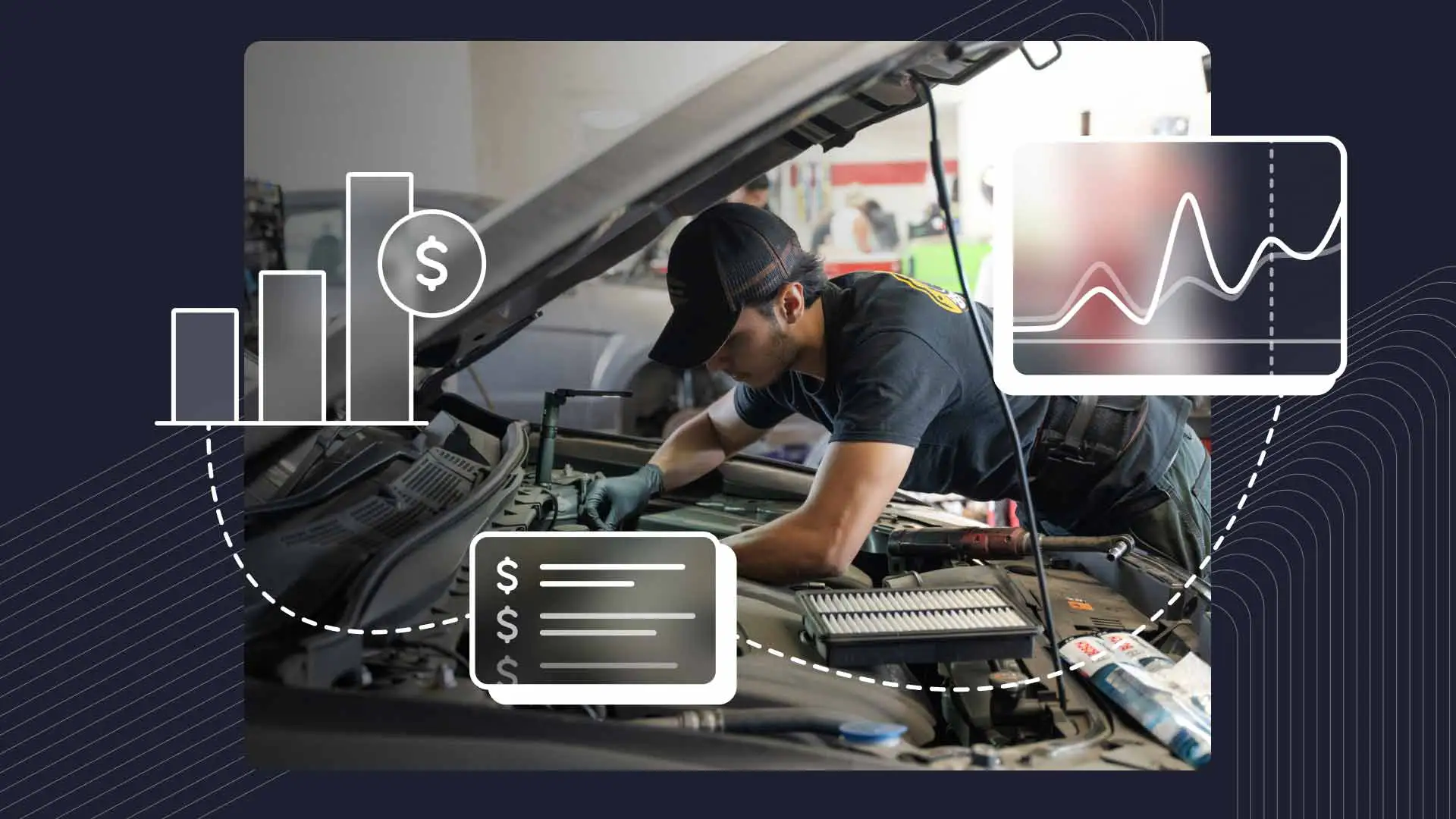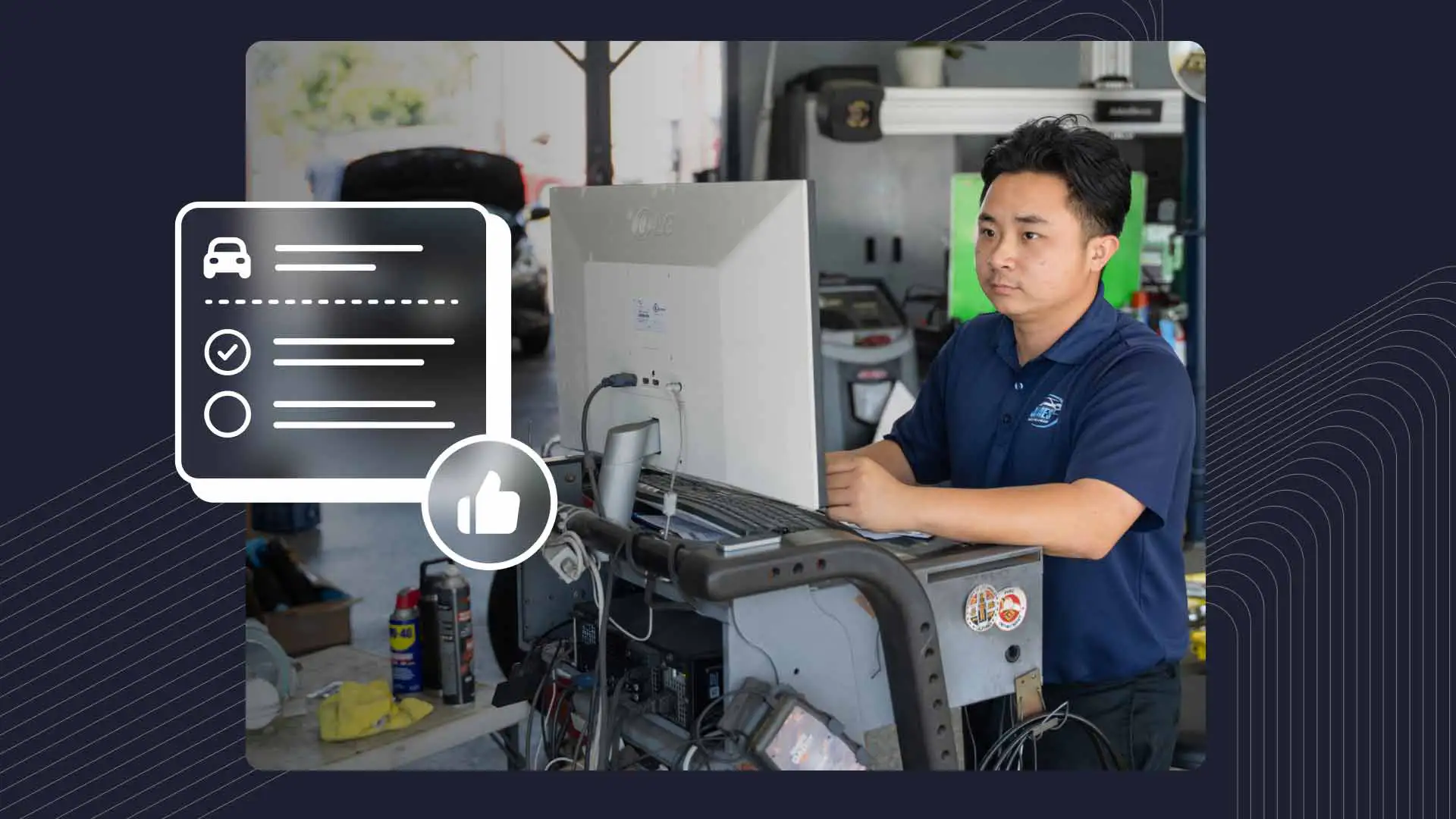Let’s face it: All engines need oil. It lubricates critical components, cuts down on friction, and reduces wear between moving parts like pistons, camshafts, and bearings. It also helps regulate engine temperatures and remove contaminants, ensuring the system operates smoothly and efficiently.
When oil runs low, the consequences can be severe. For example, insufficient lubrication leads to increased friction and heat buildup, causing parts to wear faster. This can result in poor engine performance, overheating, and in extreme cases, catastrophic failure.
Let’s take a closer look at the role of oil, what happens when it falls below recommended levels, and ways to identify and avoid low oil to keep engines running like new.
The Role of Engine Oil
First and foremost, oil lubricates the crankshaft, pistons, rods, valves, camshaft, and other parts that create friction inside an engine. It provides a protective barrier between all those metal surfaces, allowing them to glide smoothly against each other.
Oil also helps regulate engine temperatures. As the engine runs, it produces heat that must be absorbed–by the oil–and carried away from critical parts to prevent overheating. Without enough oil in the system, the engine won’t cool properly, which can lead to warping, seizing, and potential breakdown.
Engine oil has a hand in cleaning as well. Over time, small pieces of debris, dirt, and other contaminants can build up inside an engine, restricting its performance. Oil removes these particles from sensitive engine parts and traps them in the oil filter, preventing them from recirculating.
Consequences of Low Oil Levels
Despite the importance of maintaining proper oil levels, somehow it still gets overlooked. As we’ll see, running an engine with low oil can lead to major problems, including:
Increased Friction and Wear: When oil levels drop, the engine can’t lubricate parts as effectively. This causes added friction between engine components, which speeds up wear and tear. If the situation isn’t caught soon enough, the results can be devastating, up to and including total engine failure.
Overheating: Without sufficient oil to regulate the temperature, an engine can quickly overheat. When this happens, components like the cylinder heads and bearings can warp or seize. Overheating can also cause head gasket failures, leading to further damage down the road.
Contamination and Blockages: Low oil levels also prevent the engine from filtering out contaminants. Dirt and debris particles can easily clog up oil passages, which restricts the flow of oil to critical engine parts. If it’s not dealt with quickly, the resulting blockage can cause the engine to seize or break down.
Specific Engine Damage Caused by Low Oil
Bearing Failure: Bearings are some of the most important parts of an engine, as they help the crankshaft and camshaft rotate smoothly. Without the right lubrication, bearings could seize up or fail entirely. When a bearing fails, the resulting damage can be severe, even requiring an engine rebuild or full replacement.
Scratched Cylinder Walls: Oil helps reduce friction between the piston rings and cylinder walls. When oil levels are too low, the rings may begin to scratch and wear down these walls. This leads to a drop in compression and loss of power, along with a rise in oil consumption and engine inefficiency.
Damaged Camshaft: Low oil levels or pressure can cause a camshaft to wear prematurely due to insufficient lubrication. The camshaft controls the timing of the engine’s valves, and when it wears out, it can produce misfires, rough idling, added fuel consumption, and reduced engine power, among other issues.
Diagnosing Low Oil Levels
While the consequences of low oil levels are serious, diagnosing the issue is relatively simple. Regularly checking oil levels and monitoring for warning signs can help avoid big-league damage.
The easiest way to check oil levels is by using the dipstick. Make sure the engine is cool so you get an accurate reading. And, be sure to top off or replace the oil if levels are low. In addition to checking oil levels, monitoring oil pressure helps keep the engine sufficiently lubricated. A drop in oil pressure may indicate a problem with the oil pump, oil filter, or oil levels. This issue should be taken care of immediately to prevent any future damage.
Preventing Low Oil Levels
Avoiding the dangers of low oil levels is all about maintenance. Whether you’re a professional shop owner or a DIYer, the old saying “an ounce of prevention is worth a pound of cure” rings especially true here.
Always follow the vehicle’s recommended oil change schedule. In addition to maintaining proper oil levels, adding fresh oil removes contaminants and prevents sludge from forming. Also, be sure to use the type and grade of oil recommended by the manufacturer; using the wrong oil can lead to problems starting the car, leaks, lousy fuel efficiency, and other issues.
It’s also a good idea to keep an eye on oil levels between scheduled changes. High-mileage or older engines in particular may go through oil faster than expected, and catching low levels early can help prevent damage. Consistently low oil may also point to a leak (more on that in a second). Pay attention to the vehicle’s oil pressure gauges, too, as this could signal an issue with the oil pump or low oil levels.
If you discover an oil leak, repair it immediately. Even a small leak can cause significant oil loss over time, putting the engine’s health in jeopardy. Whether it’s a gasket issue or a worn-out seal, fixing leaks will help stabilize oil levels and preserve the engine.
Keeping Oil Levels in Line
Low oil levels can devastate an engine. It can lead to increased friction, overheating, contamination, and even component failures like seized bearings or damaged camshafts. However, changing the oil regularly, monitoring oil levels, and tackling any leaks right away will help prevent costly engine repairs or replacements.
In addition, the right oil change software can help level up your operations and keep customers moving through your bays. Request a demo of Shopmonkey’s all-in-one solution today.




